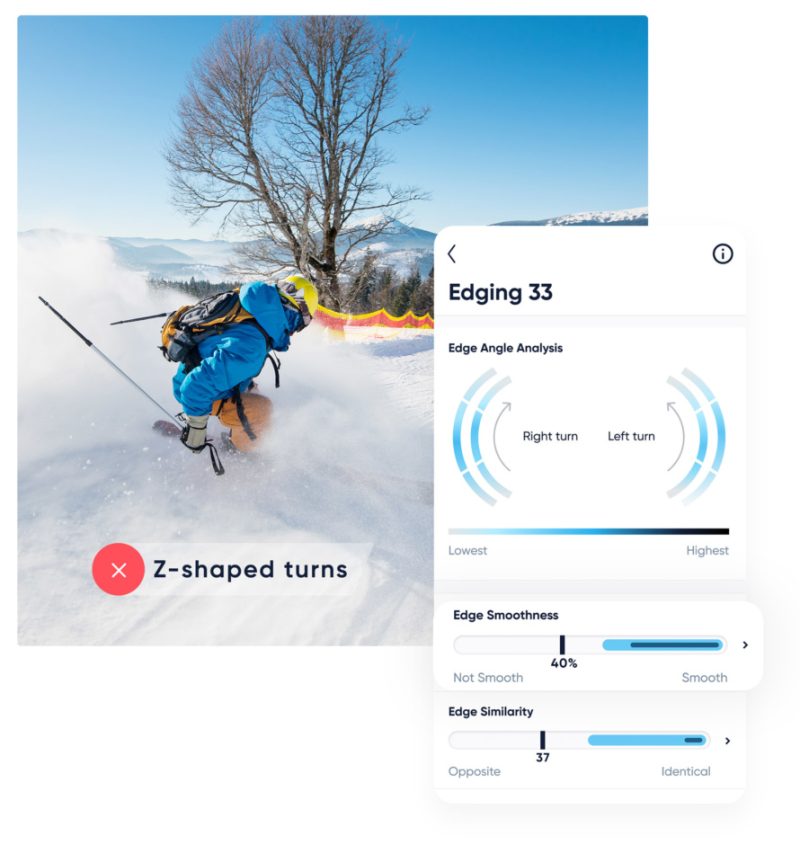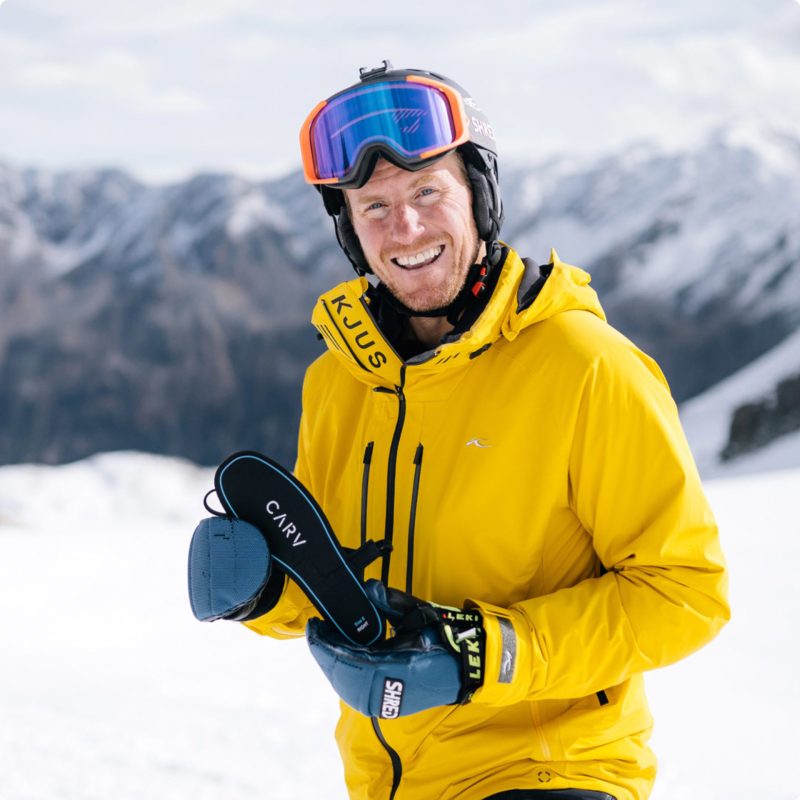
For some, the words “artificial intelligence” get you amped, while for others, those two words provoke an uneasy feeling. Some companies are looking to capitalize on the A.I. technology in a new market: the ski industry. This technology could revolutionize the way skiers and riders use ski lifts, purchase gear, and hone their skills.
I was introduced to PyxisAI while working as a lift operator at Winter Park Resort in Colorado. One day, while spinning the lifts, a small team from PyxisAI began installing cameras and other technologies around the loading and unloading areas of the lifts.
They told me that their goal was to collect data and trends from the loading and unloading process of the lifts and to incorporate that data to assist the lifties. PyxisAI’s goal is to anticipate potential problems during the loading and unloading process and alert the liftie before they occur. However, lifties need not worry; PyxisAI is not coming for their jobs.
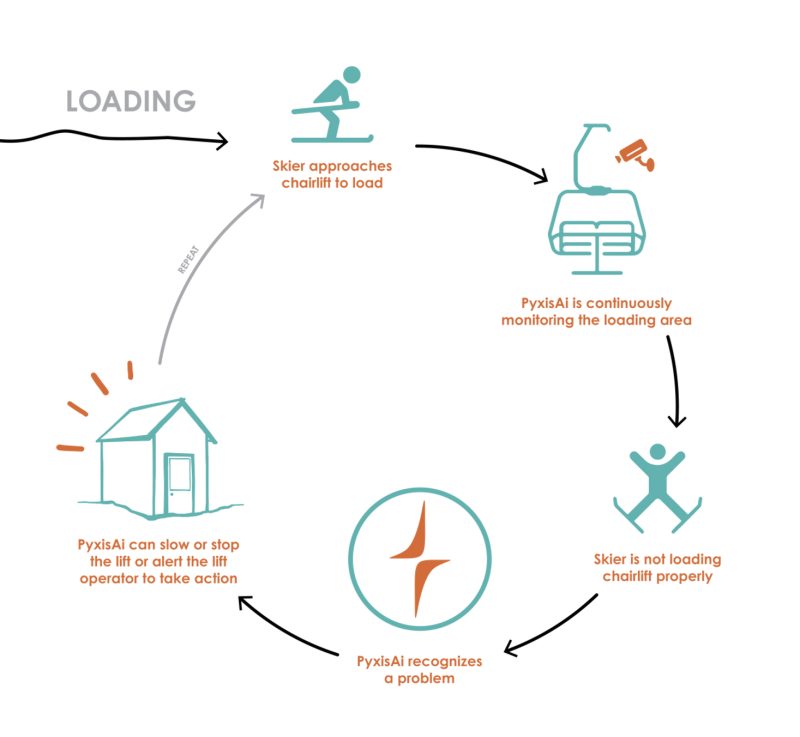
Since this technology is still in its infancy, we decided to speak directly with a spokesperson from PyxisAI to gain a better understanding of what the company is working on. Scott Queen is the founder and CEO of PyxisAI, with over 20 years of experience in technology and software development. Queen knows how operating a ski lift can be a multi-tasking nightmare, so he is excited for PyxisAI to help skiers and those working the mountain.
“PyxisAI makes a big difference for the customer experience; it allows the resort to free up their people to do high-value customer engagement work,” Queen said.
Queen was excited to share the success PyxisAI has had over the last couple of years and how PyxisAI has gone from collecting data to operating on a ski lift. In 2021, PyxisAI installed its system at the loading and unloading ends of the Gemini Express lift at Winter Park. After operating through the 2021-2022 season, PyxisAI made significant progress with its technology, and all the data collected by Queen and his team contributed to the growth of the AI system in detecting hazards at the loading and unloading stations.

Towards the end of the 2022 season, Winter Park gave Queen and his team the green light to start alerting the lifties when the system detected an issue. Queen said that the system worked with great accuracy. They were able to work out some kinks, such as determining the optimal delay between when the system detects the hazard and when it alerts the liftie.
“[Winter Park Resort] wanted us to delay the alert by a half second to give the ski lift attendant a chance to react before we alert them that something’s not right.”
By the end of the season, Winter Park was ready to install more systems throughout the mountain; however, some logistical issues were getting in the way of the experimental PyxisAI system. PyxisAi is facing an uphill battle in finding a strategic partner to help expand its operations.
“We found that it was too expensive for us to do the whole package ourselves, like the installation, field monitoring, and running the system,” Queen said. “So, in May of 2022, we started looking for a strategic partner to help us with our development and progress. Unfortunately, we have not been able to find anyone, so we’ve been idle for the last year.”
As a startup company, PyxisAI has been looking for the right partner to elevate itself. Although they have not had much luck in the last year, Queen mentioned that they have been in conversation with major lift manufacturers about working together to incorporate the system. The Queen hopes that a partnership of this kind could bring their technology to a larger market, help ski resorts address low staffing, and provide more comfort to lift operators and skiers.
“Right now, we are having conversations with the major lift manufacturers, and we’re looking for ways to work together to carry this technology forward,” Queen said.
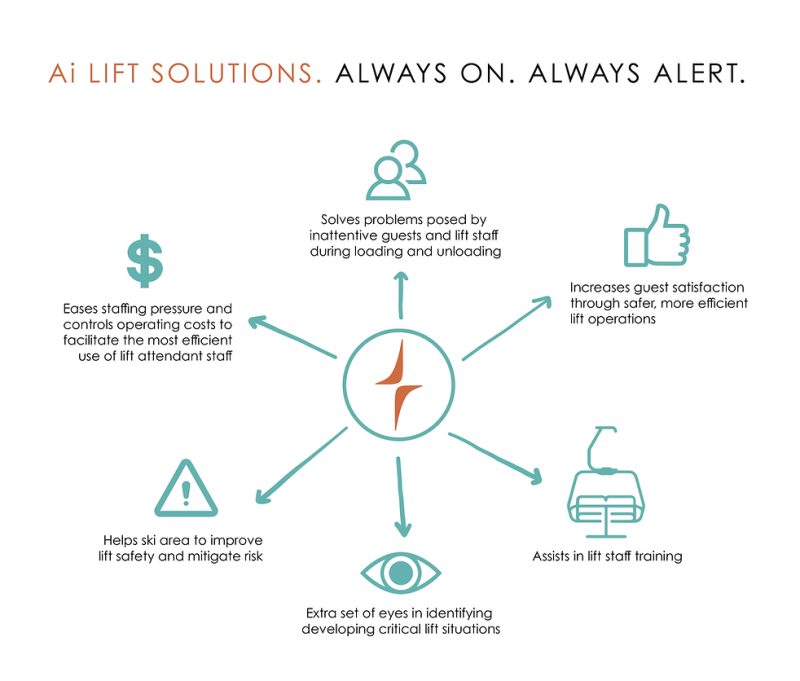
With finding the right partner at the top of its to-do list, PyxisAI is also busy fine-tuning its product, whether that is teaching the system not to recognize someone’s shadow as a real person or ensuring the system doesn’t develop a bias. As far as these issues go, the more data the better, as it will give the system more time and training to establish the right model. Queen explained that each lift will have its unique caveats that the model must figure out, such as the optimal camera location and processing the surroundings.
“If we decide to install our system on a different lift, we will need site-specific details such as different camera angles, a different lift configuration, and so on. Fine-tune training for a specific site is something that’d be the next big step because a generalized model is important, but about 10% of that model is tailored toward the lift location.”
Improving the system’s ability to adapt to new locations is a priority for PyxisAI, as this will enable shorter installation and setup times, allowing the resort to utilize the technology’s benefits more effectively. Having worked as a liftie, I was curious as to what the operators thought of the new technology and how they responded to the initial testing. Queen told me that the feedback from the employees has been very positive.
“The lift operators are really enthused, and they like the idea that there’s modernization going on in the industry,” he said. “They have been wanting to help us accelerate the development of our model and find ways to participate and work with it.”
Many would find it encouraging to see technology work in harmony with humans, and PyxisAI hopes to do just that. Its technology is not designed to take jobs, but to make them easier, allowing for a safer and more enjoyable experience for both workers and skiers. For those who want to learn more, PyxisAI releases news updates about its latest developments on its website.
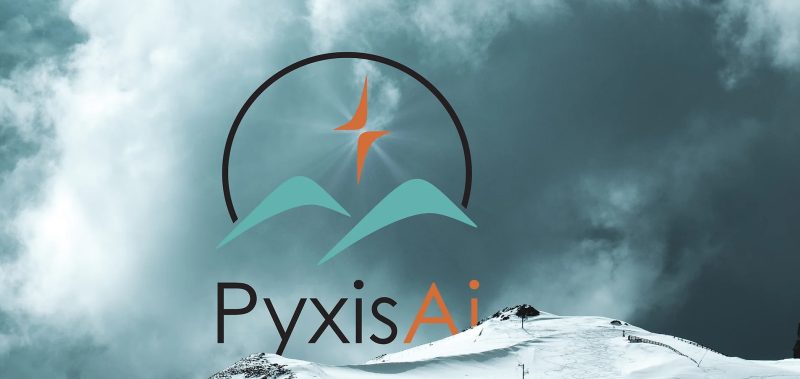
Ski and ride equipment can now be customized by AI technology. Some companies are making the move toward letting AI crunch the numbers and take the wheel when it comes to design.
A familiar face in snowboarding has created a binding designed by AI. As a leader in snowboard binding technology, NOW has collaborated with Addit-ion to create a 3D-printed snowboard binding that was entirely designed by AI. NOW has the vision of an AI-generated binding written on its website:
“To create a responsive binding, optimized for turning, the goal was to deliver maximum stiffness with the lowest possible mass. To make that happen, Addit-ion brought their mastery of A.I. design and 3D printing expertise, and NOW brought their patented Skate Tech Technology & extended knowledge in binding Technology.”
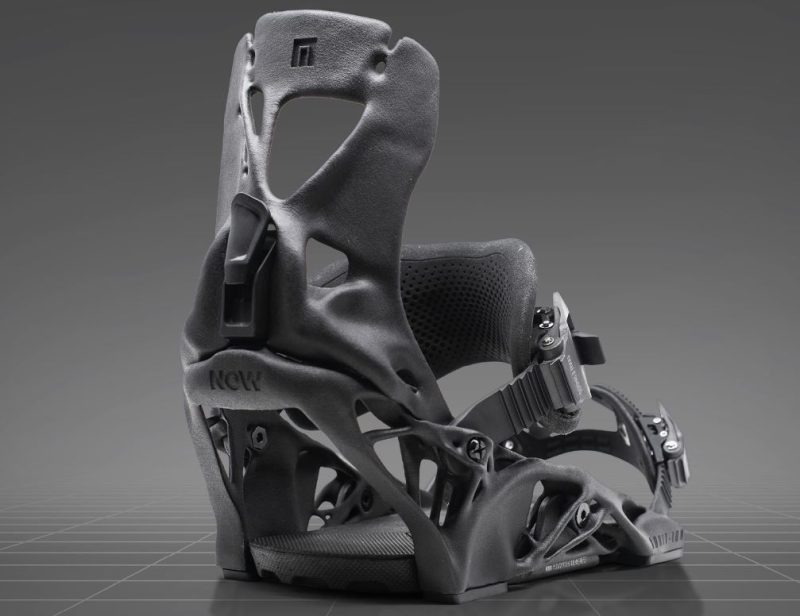
From visiting NOW’s website, I was able to see what that process looks like. Engineers start with the base plate and focus on emulating the stress that a binding undergoes during aggressive carving. From there, the minimal mechanical representation of Skate Tech was used to generate the shape using the Autodesk generative design algorithm. Lastly, after many hours of simulations and data analysis, the material called PA 12 was selected for the job. It is stable in cold temperatures and possesses the mechanical properties of regular PA 66 nylon, which NOW uses in many of its bindings.
Saulo Armas, the co-founder of Addit-ion, was featured on NOW’s website, where he spoke on the potential A.I. has in the future of sports:
“This concept binding is the starting point towards the new paradigm of sports gear, where optimization algorithms and mass customization will grant unique and tailor-made products for every specific need.”
The result is that NOW has made a binding that is 25% lighter than the current bindings. Although this product isn’t officially on the market yet, research and development projects like this are pioneering the next wave of technology in our equipment, to elevate our performance and experience on the mountain. This advancement is exciting, and for those who can’t keep their hands off the latest tech, this might be their next pair of bindings.
NOW’s AI-designed binding is a general creation for all riders, but others envision AI to tailor equipment for each user. Original+ is a ski manufacturer based in Salzburg, Austria, that uses AI technology to design custom skis. Its A.I. system was developed in-house and incorporates the user’s biometrics, preferred skiing location, and skiing style to create a pair of skis ideally suited for the individual.
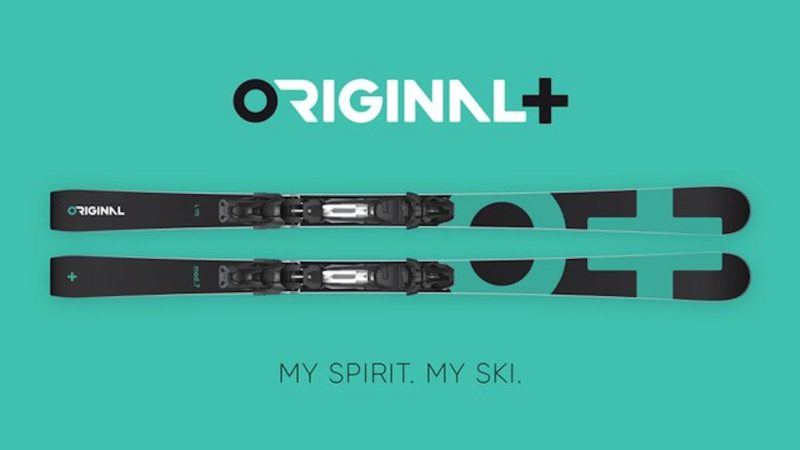
After plugging these critical factors into a unique algorithm, Original+’s AI will determine aspects of the ski construction process to adjust specifically for the user, including the flex pattern, core materials, and other factors tailored to each individual’s skiing style. The final product is a personalized pair of skis, absolutely dialed in for the next day on the mountain.
Currently, Original+ is only in Europe and is still a young company. Original+ started with a Kickstarter back in 2018, and now it keeps its Instagram page up to date with press releases and progress in unlocking the potential of custom skis. Skiing is a sport where feel and comfort reign supreme, so if Original+ can maximize this in its custom skis, then the sky is the limit on what people will be able to rip.
Products like NOW’s AI-designed bindings and Original+’s custom skis are pushing the limits on how custom gear can improve performance, safety, and overall experience on the mountain. As custom AI-designed equipment becomes readily available, the average skier or rider will have easier access to custom gear that is typically only created for professional athletes.
AI has already made its way into lift lines and equipment, but what about other technologies that can serve to benefit an individual’s personal skiing style through coaching? Carv has created a wearable device that integrates into the user’s ski boot, providing the skier with real-time feedback on their skiing performance.
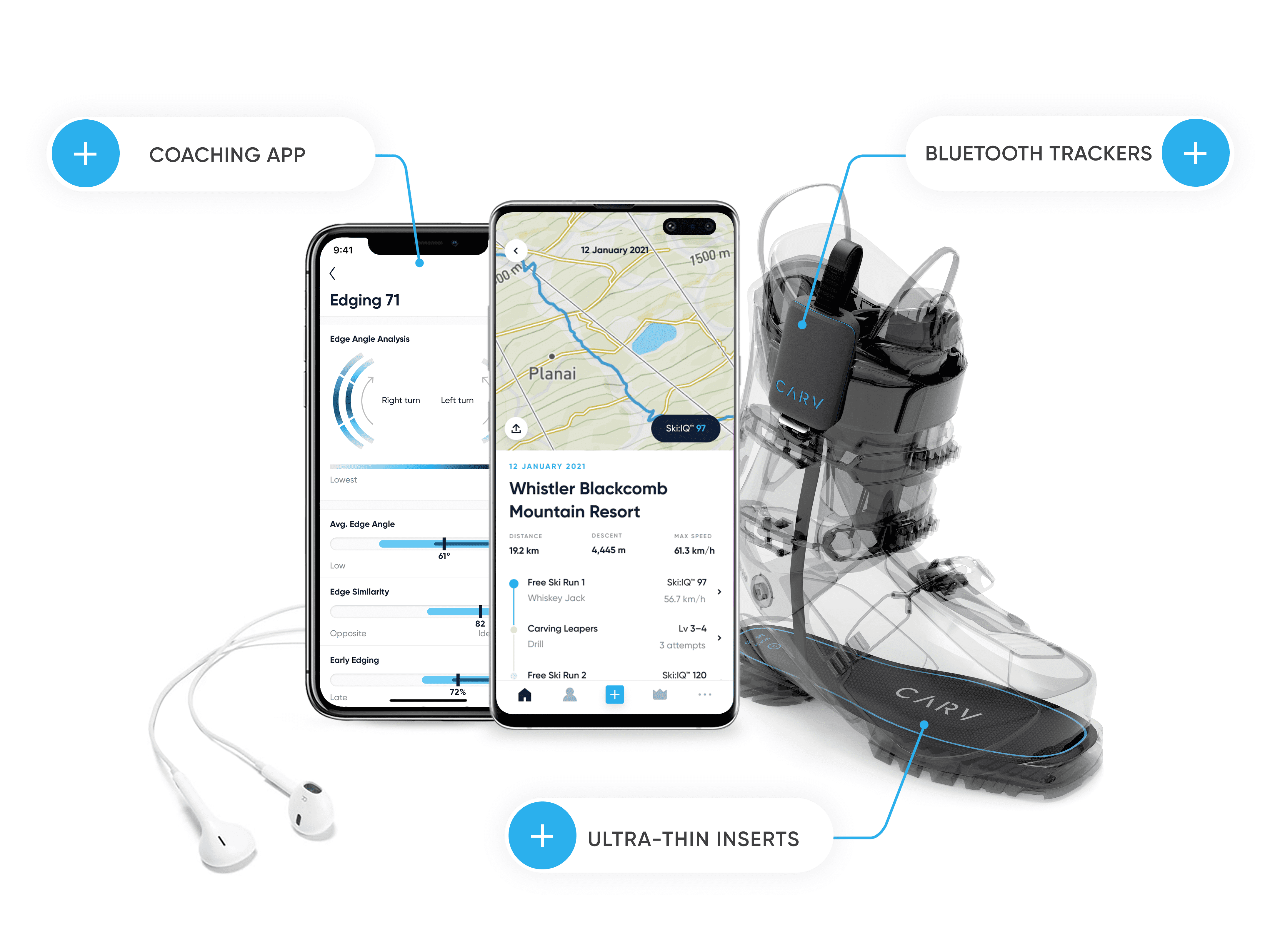
Carv’s mission is to be an invisible ski coach, achieved through a ski boot insert loaded with 36 pressure sensors and a motion sensor. Carv’s ski instruction can be connected to wireless earbuds and coaches you as you rip down the mountain. The AI coach analyzes your real-time data and provides you with feedback and tips to help you master your turns.
Carv analyzes your skiing by measuring your balance, edging, rotary, pressure, and more. In a previous SnowBrains article, Carv’s technology was put to the test on a Giant Slalom course. The author, Breya Bergom, noted several key findings during her experience with the AI coach.
“I started my CARV session on my phone with earbuds and allowed the program to guide me as I skied. Luckily, as I turned on CARV, it gave me comprehensible analogies that made these previously difficult fixes into significant improvements. CARV noticed the same thing my coaches did; my edge similarity wasn’t equal between my inner and outer skis. So, CARV told me to ‘imagine the back half of my ski was cut off’ to initiate the turn with the tip of my ski. I had heard before that initiating the tip of my ski would help me gain outside ski pressure, but the comparison CARV used quickly helped me initiate my turn much earlier and gain more downhill ski pressure. CARV also instructed that I ‘move my outside foot forward through the second half of the turn,’ CARV further explained, ‘it will feel like you are making a low sweeping kick.’ I began to do this, and CARV noticed a difference. Between just one run, the CARV app showed that I had improved my pressure score from 81 to 92.”
Bergom has been skiing for over 15 years, meaning that Carv is not just for beginners, but for anyone trying to elevate their skills. Carv is continuously updating its device and adding new features and measurements to enhance your skiing experience. The company releases updates about its latest developments on its blog, discussing things such as G-force, terrain detection, segmentation, and more.
Carv uses a system called Ski:IQ to score your technique as you cruise the slopes. Carv has been working on implementing a reward for maintaining good technique on steeper slopes, so those who only want high scores will have an incentive to progress beyond the blues and greens. For those who are already obsessed with tracking their stats on Strava, this may be the next big tech to monitor their day on the slopes.
Coaching technology like Carv can be a game changer by allowing more people to elevate their abilities and meet their performance goals while creating a safe and educated skiing experience. This technology could change someone’s day on the mountain by becoming an alternative approach to hiring a ski coach.
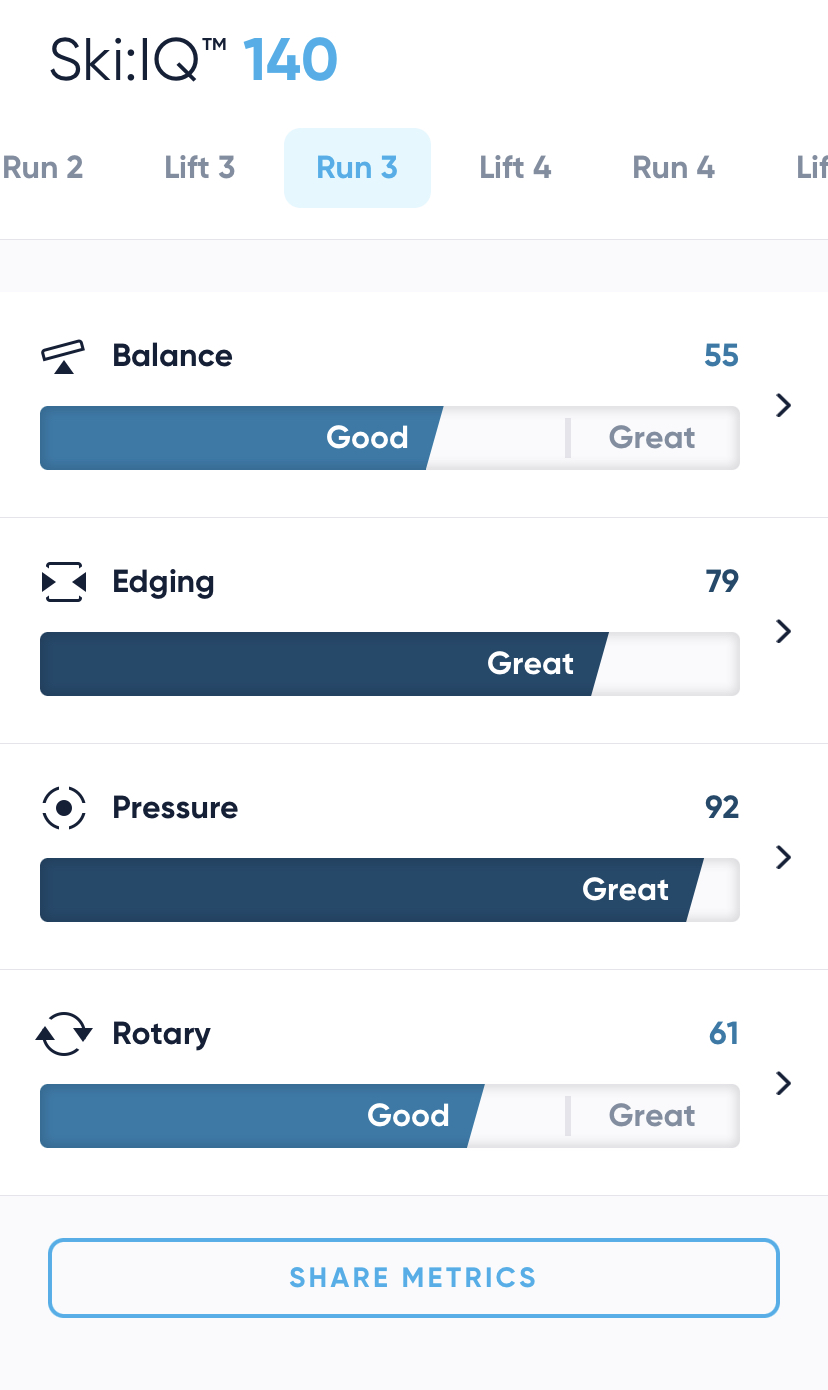
It’s fun to let your mind wander and imagine how the skiing experience can be elevated. PyxisAI aims to provide a safe and efficient experience at the lift, while also giving lift attendants greater peace of mind. NOW, Addit-ion, and Original+ could lead the way in gear tailored to optimal performance. And don’t forget ski lessons because Carv will only continue to elevate skier skills in all aspects.
Throughout 2023, “Artificial Intelligence” has been a popular buzzword. By now, most people have heard of generative AI like ChatGPT, which can act as an assistant to your daily needs and questions. But what about the AI tech that can get someone crushing the slopes at their best? The answer may lie with companies like PyxisAI, NOW, Addit-ion, Original+, Carv, or others that have yet to enter the scene. The answer will reveal itself as A.I. continues to make its presence known within the ski industry.
While some of these technologies may take longer to arrive on the slopes, the potential benefits of AI are immense, even for the casual skier or rider. Whether that is making the lifts a safer place or getting custom gear and coaching, the everyday skier or rider will soon be able to elevate their experience on the mountain.
